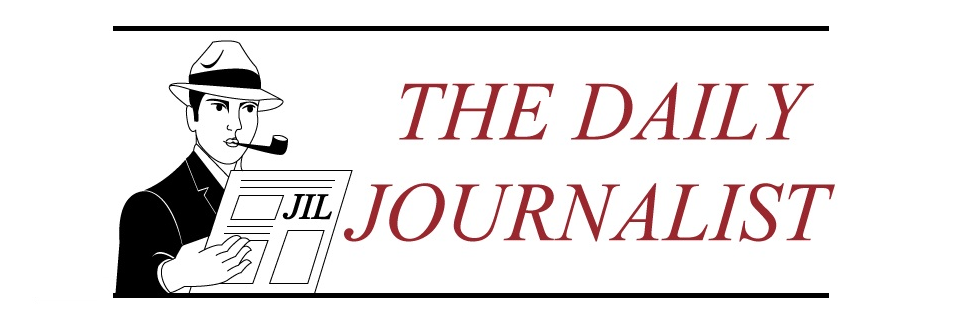By Michael Silverstein.

Government statistics say prices for goods and services are stable and there’s hardly any inflation rippling through the U.S. economy. The cost of many things we use every day is nonetheless increasing, sometimes dramatically. What’s going on here?
I got a clue recently when I received my car insurance bill. The annual cost for this insurance appeared to be exactly the same as it was last year. Then I looked over the proposed payment schedule and noticed something odd. Like most people, I don’t pay this bill all at once. I make several payments over the course of the year. And the average amount of each of these payments was less than in 2003.
The reason this year’s annual billing came out the same as last year’s even though individual payments are less this year is that there are now more payments, each of which has a six dollar service charge thrown in. Thus, while my car insurance costs seem to be exactly the same in 2004 as they were in 2003, with the added service charges thrown in they are now actually higher.
This got me thinking about credit card payments. Many card issuers offer deals that feature very low initial interest rates that jump after a specified period of time. A card user can see a 1.9 percent special rate turn into a 13.9 percent rate down the road.
The result of this lending approach is that monthly costs spiral upwards when the new rates kick in. Same balance, but more out-of-pocket costs.
A great many people Philadelphia, including myself, got huge health insurance increases in 2004. In order to moderate these increases, even a little bit, we were given various “options.” Our health care costs went up less if we opted for plans that required higher out-of-pocket payments for every doctor visit and a variety of other medical services.
Government bean counters only work the monthly premium increases into their inflation computations. The real world extra spending required when a person has to fork out the extra costs that naturally accrue with less expensive but also less comprehensive health care options is not considered. Modest health premium increases become part of official inflation numbers, while actual medical spending by individuals never hits the radar.
An analogous situation exists with government services. Just as I now pay more to get less comprehensive health insurance, people like myself pay more to local governments in the form of direct taxes and indirect exactions such as fees, fines and tolls. Many services that we used to get for these direct and indirect taxes, however, have been curtailed or disappeared altogether.
Consider the situation with libraries in my home state of Pennsylvania. Cutbacks in funding for these institutions mean they have been forced to stop buying new books and other materials. Even overlooking for the moment the fact that in an election year, when more than half of the books on the New York Times’ best-seller list are political in nature and will not be available in libraries to help inform voters of this state, these cutbacks will boost my personal entertainment expenses considerably.
If I can’t get the new books I want at the library, I have to buy them. If I can’t find videos there that I haven’t seen yet , I have to rent them. My local tax bite may stay the same, but my spending to compensate for lost public services increases.
I’m not saying that the official inflation trackers in this country are deliberately fudging the numbers. But there definitely seems to be a disconnect between the figures they release each month, based on posted prices for goods and services, and the costs that most of us actually have to pay to maintain our present standards of living, which not only include these official increases but endless disguised add-ons and make-ups for outlays no longer born by others. Perhaps getting those two realities into closer sync should be a priority exercise for government economists.


